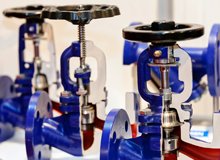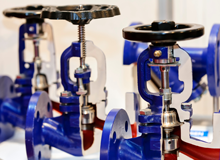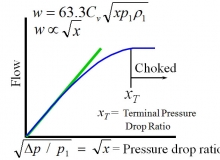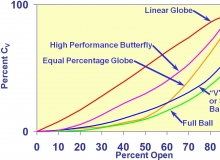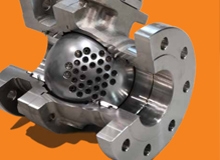Petroleum Refining Resources
Petroleum Refining
This article discusses the importance of selecting the correct flow characteristic and correctly sizing the valve in order for the valve to properly control the process.
Certain frequencies of sound can play havoc on industrial equipment. When control valves are not selected appropriately, there is an increased risk for cavitation, which causes high noise and vibration levels, resulting in very rapid damage to the valve's internals and/or the downstream piping.
Considering the number of variables, gaining precise control of a process heating application can be a difficult task. In industries with a high demand for consistent quality, controlling the temperature of a substance from the start to the finish of a process is an absolute necessity. Learn more.
The purpose of a filter is to remove contaminants from a fluid stream either completely, or at least down to a given rating or specification. Filters are used to help control contaminants and are rated according to their ability to remove these contaminants from a liquid, gas or air stream. There are different methods in which the performance of filters are specified.
The principle difference between the nature of the flow of gas and the flow of liquid through control valves is that liquids are incompressible and gasses are compressible.
Selecting a valve with the correct flow characteristic (the relationship between valve opening and flow capacity) can be as important as the selection of the valve size.
The noise abatement laws and health and safety legislation are becoming increasingly strict. Metso introduces Q2- Trim, the optimum solution for noise problems, that at the same time fulfills all legislative requirements and customer needs.
Loss of containment is one of the costliest things that can go wrong at a plant. Accordingly, smart enterprises employ a variety of measures that ensure loss of containment just doesn’t happen – or when it does, the adverse circumstances are kept to a minimum.
There are two strategies for reducing control valve noise:
1. Source control, that is doing something to the valve to make it less noisy, and
2. Path control, that is doing something to prevent the noise from reaching the people who would be bothered by it.
Valin® was asked to provide a compact, failsafe electric actuation solution for high torque metal seated ball valves in a severe process application.
A lesson for me is that I need to involve you earlier in the program.
You were tireless in your support and it will not be forgotten!

